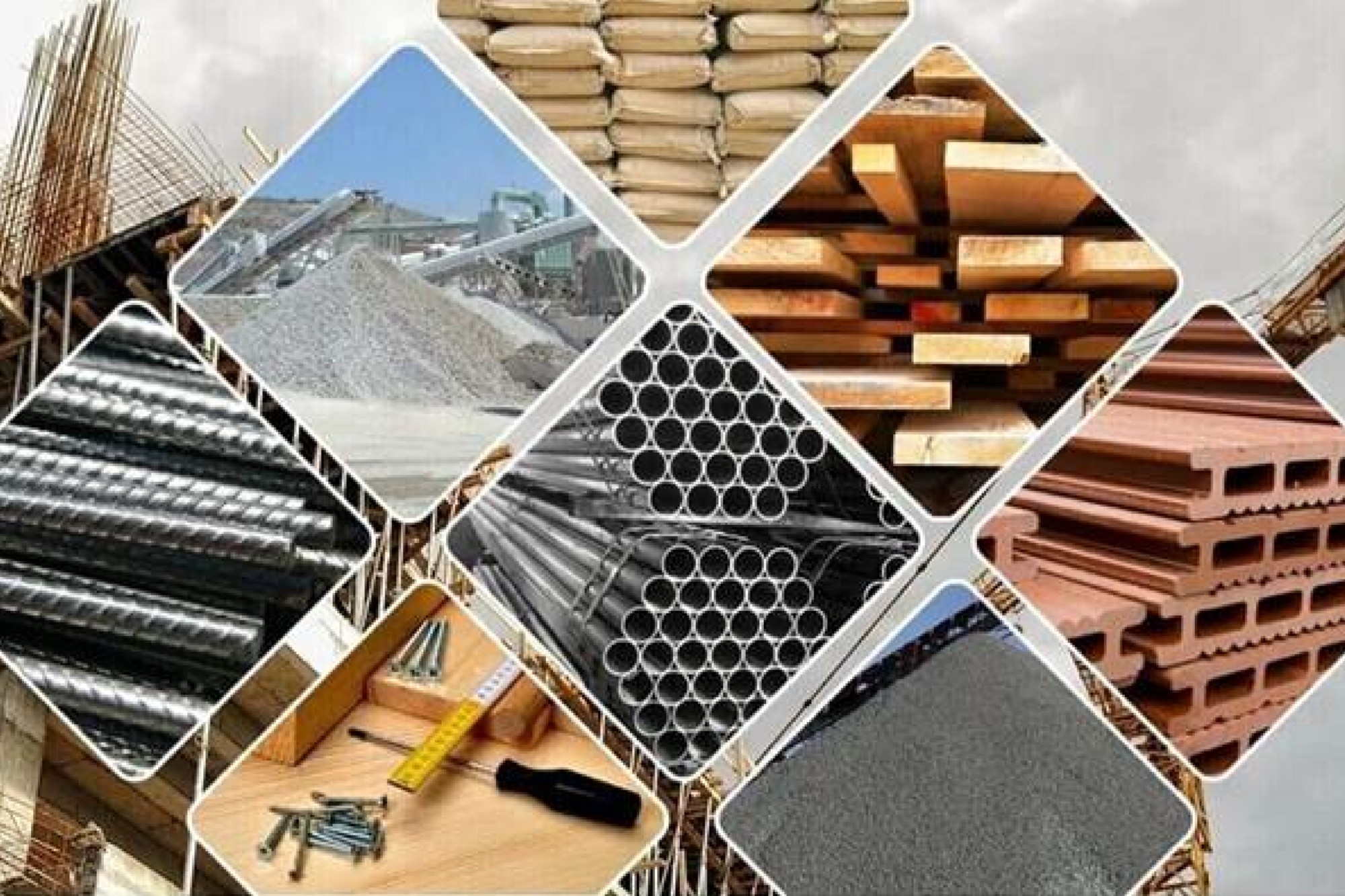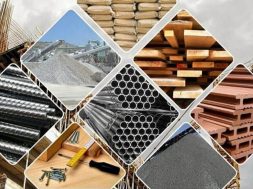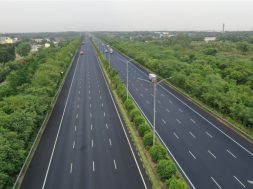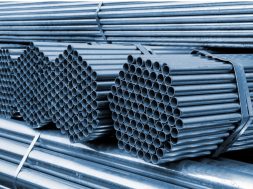Construction composites market report

With cutting-edge materials that improve structural performance, durability, and sustainability in building applications, the construction composites market leads innovation in the construction sector.
To develop a material that is stronger, lighter, and more robust than conventional building materials, composites are engineered materials composed of two or more constituent materials with differing physical or chemical properties. The market for construction composites is growing because of the growing need for environmentally friendly and high-performing building solutions. This growth is being fuelled by technological breakthroughs, regulatory regulations, and sustainable building practices.
Several key factors contribute to the growth and dynamics of the construction composites market:
High Strength-to-Weight Ratio and Structural Performance: Because of their remarkable strength-to-weight ratios, construction composites are the perfect choice for applications requiring longevity, load-bearing capability, and structural integrity. In comparison to conventional materials like steel, concrete, and wood, composites including fibre-reinforced polymers (FRP), carbon fibre composites, and glass fibre composites offer higher strength, stiffness, and fatigue resistance. Construction composites provide a lightweight and adaptable substitute for structural elements, facades, and reinforcements as designers, engineers, and developers look for novel ways to maximise building performance and lower construction costs.
Durability and Resistance to Environmental Factors: Construction composites provide superior resistance against environmental elements such as moisture, corrosion, UV rays, and chemical exposure, extending the life of building structures and lowering maintenance needs. Composite materials are ideal for difficult or corrosive situations, including coastal locations, chemical factories, and infrastructure exposed to seawater or industrial pollution, since they are naturally non-corrosive and resistant to rust, decay, and insect damage. Furthermore, composites are better suited for resilient and disaster-resistant construction projects due to their resistance to seismic activity and temperature changes.
Energy Efficiency and Sustainable Building Practices: The market demand for construction composites as ecologically friendly building materials is driven by the emphasis on energy efficiency, sustainability, and green building practices. Because of the intrinsic thermal insulation qualities of composites, buildings use less energy and transfer less heat, which lowers heating and cooling expenses and improves indoor comfort. Moreover, composites can be produced using renewable or recycled resources, which lessens the environmental impact and carbon footprint of building projects. The usage of composites in green building projects is encouraged by sustainable building certifications like BREEAM (Building Research Establishment Environmental Assessment Method) and LEED (Leadership in Energy and Environmental Design), which propel industry growth and adoption.
Innovations in Manufacturing Processes and Material Technologies: Innovation and product development in the construction composites market are driven by ongoing breakthroughs in manufacturing methods, material technologies, and composite compositions. To maximise composite qualities, increase manufacturing efficiency, and broaden the variety of uses for composites in construction, manufacturers spend money on research and development. More design freedom and flexibility are available to architects and designers because of advanced manufacturing techniques like automated layup, resin infusion, and 3D printing, which may produce intricate composite shapes, bespoke components, and integrated building systems.
The growing need for strong, long-lasting, and ecologically friendly materials in the building sector is propelling the market for construction composites. Composites are superior to typical building materials like steel, concrete, and wood in many ways. They are made of two or more different materials mixed together to form a superior material with enhanced qualities. The market for construction composites offers manufacturers tremendous opportunity to innovate and provide sustainable building materials for a variety of applications, as the construction industry looks for cutting-edge solutions to address issues like sustainability, energy efficiency, and infrastructure resilience.
According to a survey by Persistence Market Research, one major potential in the construction composites market is to satisfy the increasing need for strong, lightweight materials that support creative design ideas and lower construction costs and environmental effects. The prioritisation of sustainability, energy efficiency, and design flexibility in building projects by architects, engineers, and developers has led to a growing demand for composite materials like fibreglass, carbon fibre, and natural fibre composites. These materials offer superior strength-to-weight ratios, corrosion resistance, and thermal insulation properties. In addition to providing lightweight and long-lasting roofing materials, façade elements that improve building performance and aesthetics, and composite materials and prefabricated components for structural applications like beams, columns, panels, and bridges, manufacturers can profit from this trend. Brands may obtain a competitive advantage in the dynamic construction composites market and further sustainable building practices globally by offering creative and sustainable composite solutions that satisfy the changing demands and expectations of the construction industry.
Furthermore, the market for construction composites gains from the growing acceptance of green building guidelines and standards, which encourage the use of sustainable and energy-efficient materials in building projects. The sustainability of construction practices and certification programmes like BREEAM (Building Research Establishment Environmental Assessment Method) and LEED (Leadership in Energy and Environmental Design) are being supported by governments, building codes, and industry associations. As a result, there is an increasing demand for composites made of recycled and renewable materials with low embodied energy and carbon footprints. Producing products with high recyclability and long service lives that support resource conservation and circular economy principles, along with creating eco-friendly composite materials like bio-based resins, recycled fibres, and reclaimed aggregates, are some ways that manufacturers can take advantage of this opportunity. Brands may establish themselves as industry leaders in the sustainable construction composites market and draw in clients looking for ecologically friendly building solutions by matching their product offerings with sustainability objectives and green building requirements.
The use of fibre-reinforced polymer (FRP) composites in structural applications is one industry trend in composites for the construction sector. In comparison to more conventional building materials like steel and concrete, fibre-reinforced polymer (FRP) composites, reinforced with fibres like glass, carbon, or aramid, offer superior strength, stiffness, and corrosion resistance. The demand for advanced composite solutions in the construction industry is being driven by the growing usage of FRP composites in bridges, buildings, infrastructure projects, and marine construction. These applications of FRP composites lower construction weight, increase service life, and minimise maintenance costs.
The growing use of environmentally friendly and sustainable composite materials in building applications is another noteworthy trend. In order to mitigate the effects of resource depletion and waste generation, manufacturers are creating bio-based composites made from renewable resources such as natural fibres, recycled plastics, and bio-resins. Sustainable composites offer equivalent performance to conventional materials while giving environmental benefits such as carbon footprint reduction, energy savings, and waste diversion, harmonising with green building concepts and sustainability goals in the construction industry.
Notwithstanding the encouraging developments, the market for building composites still has issues with material choice, design optimisation, and consumer acceptability. When choosing composite materials for a certain construction project, structural needs, environmental issues, and cost-effectiveness must all be taken into account. To optimise the benefits of composite materials in construction projects and ensure compliance with industry specifications, building regulations, and regulatory standards, it is imperative to conduct material testing, performance evaluations, and lifecycle assessments.
In addition, variables including industry fragmentation, supply chain dependability, and cost competitiveness may have an impact on the market acceptability and uptake of building composites. Manufacturers of composite materials face difficulties breaking into and competing in the construction market due to the established supply chains, manufacturing procedures, and track records of traditional construction materials like steel, concrete, and wood. Working together, composite suppliers, architects, engineers, contractors, and regulatory agencies can overcome adoption barriers by addressing technical issues, fostering trust, and showcasing the benefits of construction composites in terms of sustainability, performance, and durability.
The building composites industry has experienced recent growth that is centred on product variety, innovation, and market expansion. To meet changing industry requirements and market demands, manufacturers are investing in R&D to introduce innovative composite formulations, production processes, and application technologies. Emerging technologies that can be used in architectural and engineering projects to allow for more design freedom and customisation, while also improving construction efficiency, safety, and sustainability, include self-healing composites, 3D printed composite structures, and smart composite materials with sensing and monitoring capabilities.
39
Cookie Consent
We use cookies to personalize your experience. By continuing to visit this website you agree to our Terms & Conditions, Privacy Policy and Cookie Policy.









